Carbohydrates deliver essential nutrients for balanced, healthy diet
Look at any guide to the five food groups and you’ll find it loaded with examples of this powerhouse macronutrient – here’s 10 of the best and why they’re so good for your growing body and brain

READING LEVEL: ORANGE
Food fads come and go but the basics of a healthy diet are here to stay, so let’s get to know possibly the most misunderstood “macronutrients*”: carbohydrates. Along with proteins* and fats*, carbs are one of three main nutrients found in food and drink.
New research suggests that eating the right type of carbs helps promote good brain and mental health, ward off 11 major chronic diseases* and much more.
Evidence was gathered over 30 years as part of a study published in the JAMA Network Open journal by researchers at Tufts University and Harvard’s TH Chan School of Public Health.
“Our findings suggest that carbohydrate quality may be an important factor in healthy ageing,” said Tufts University Assistant Professor Andres Ardisson Korat.

“Carbohydrates have unfairly taken a bashing, but this study reinforces that high-quality carbohydrates are essential for gut health and healthy ageing,” said British Dietetic Association spokesman and dietitian Bahee Van de Bor.
“They provide a valuable source of both soluble* and insoluble fibre*, as well as key vitamins and minerals that support digestion, metabolic* health, immune function and beyond.”
Registered nutritionist Eli Brecher said that carbs should ideally be combined with a source of protein and healthy fats in order to create a balanced meal.

So which carbs should we be eating more of? We all know the benefits of wholegrain carbs and eating more foods like porridge, rye bread and brown rice. But here are 10 more of the top carbs experts say kids and grown ups should consider eating more often.
1 PEARS
The Kids News team loves this fabulous fruit – did you know last week was National Pear Week (June 2-8)? Pears are perfect poached, grilled, baked or served crispy and cold. Studies have linked eating pears to a reduced risk of heart disease and to a reduced risk of type 2 diabetes, thanks to the high levels of beneficial phenolic compounds* found particularly in their skin.
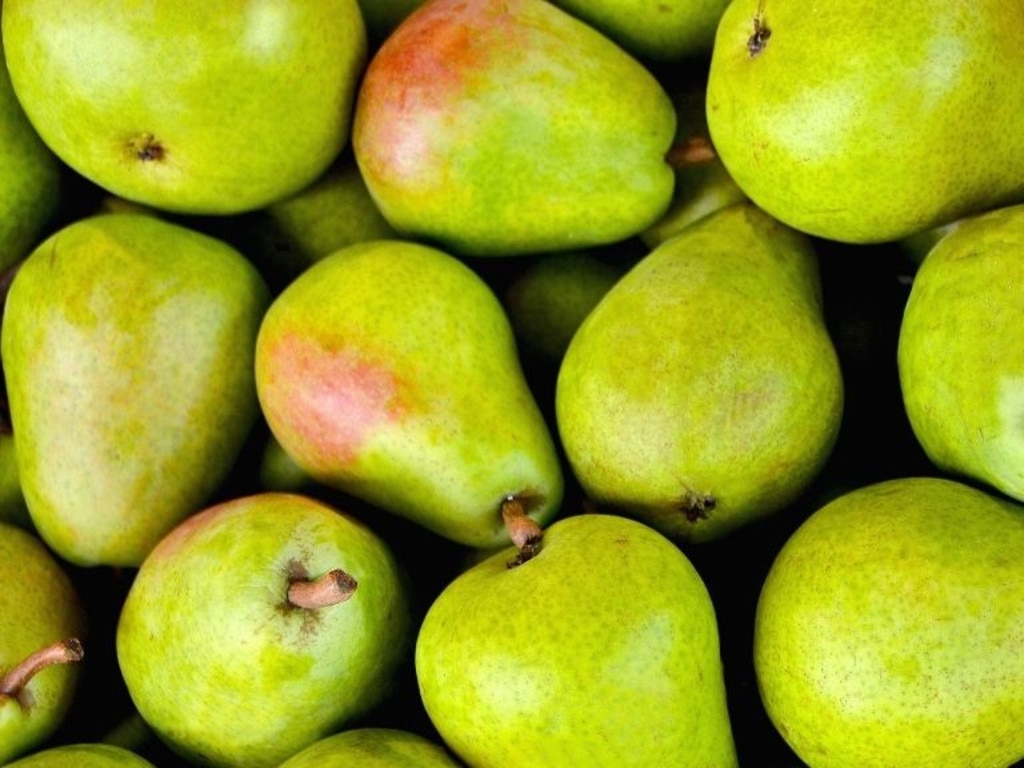
2 PASTA
Researchers at the University of Minnesota reviewed 38 published studies on pasta intake for a paper in the journal Nutrients and found that white pasta “does not hinder weight loss”. According to the authors, pasta is made in a way that causes the carbohydrates to digest slowly in the body when cooked, giving a much lower glycaemic* response than, say, white bread. Cooling cooked pasta first produces a lower blood sugar spike.

“For added fibre, pasta made from whole-wheat or legume flours such as red lentil pasta are good options,” Ms Brecher said. “Pasta offers sustained energy with a low glycaemic impact to keep you going.”
3 RED RICE
A nutritional analysis of red rice in the journal Molecules last year revealed it has an 87.2 per cent carbohydrate content, provides some protein and also contains the plant compounds flavan-3-ols “which may provide biological benefits to human health”, according to the researchers.

Its colour indicates it is packed with “a unique spectrum of antioxidants*, more so than regular brown rice”, said Dr Linia Patel, a researcher in the department of clinical sciences and community health at the Universita degli Studi di Milano in Italy.
4 RASPBERRIES
Raspberries are not only a beautiful berry in any bowl, they’re high in fibre and polyphenols, and can “help to reduce inflammation and support a healthy gut”, Ms Brecher said.

A raspberry-rich diet can also have positive effects on immune function, according to one obesity study.
5 GREEN PEAS
Green peas are another affordable carb source in the diet – we like them straight from the freezer as a cheap, easy snack.
“They are a valuable sweet, starchy veg that pack a punch in terms of fibre that might help with blood sugar control,” Dr Patel said.
“They also contain vitamin K1 and help with healthy blood clotting.”
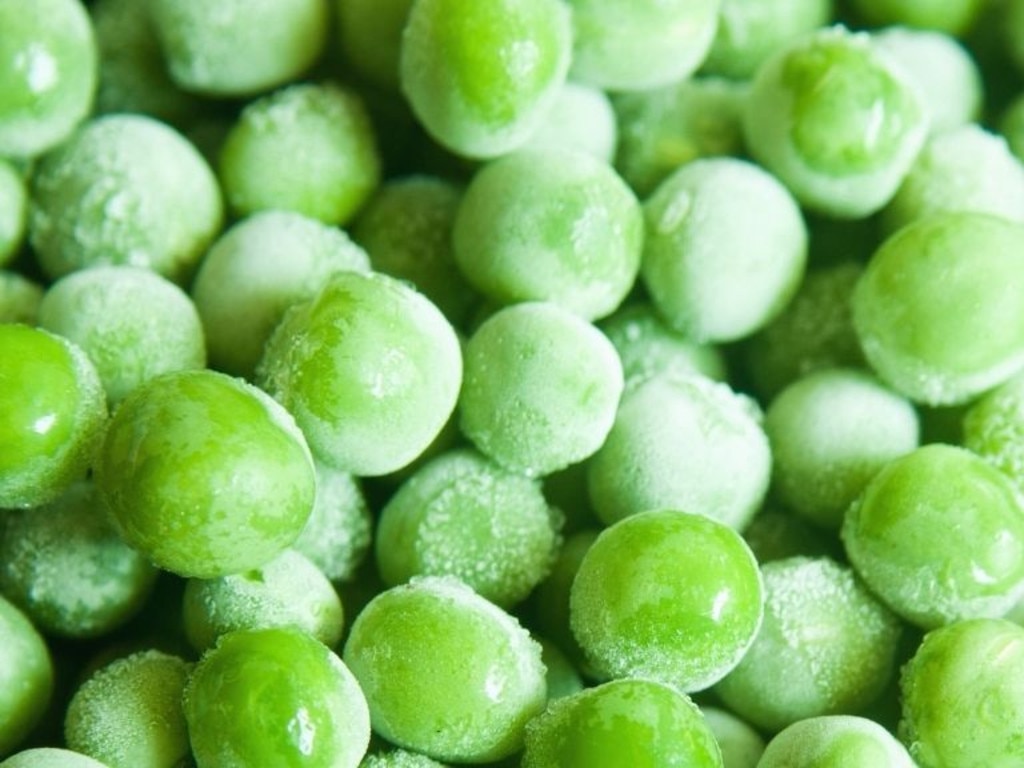
6 FIGS
“Sweet from naturally occurring sugar and rich in calcium, potassium and prebiotic fibre, figs help to nourish gut bacteria,” Ms Brecher said. “As a source of vitamin K1, they also help to support bone health.”
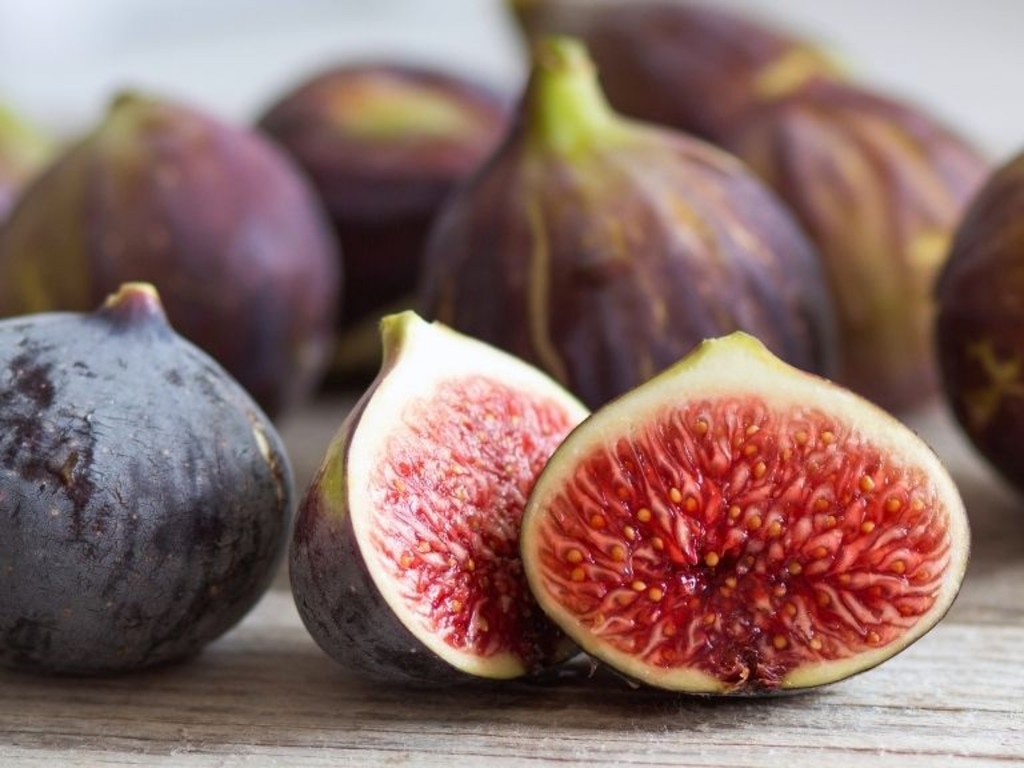
Figs are packed with a plant hormone called abscisic acid, which helps to manage the body’s blood glucose response. Eating more fresh or dried figs might help to reduce blood sugar levels by up to 13.5 per cent in eight weeks, according to a review by food scientists at the Illinois Institute of Technology in Chicago.
7 BROCCOLI
Say what you like about broccoli, but about seven per cent of the total weight of broccoli is carbs and it is a great standby, Ms Van de Bor said.
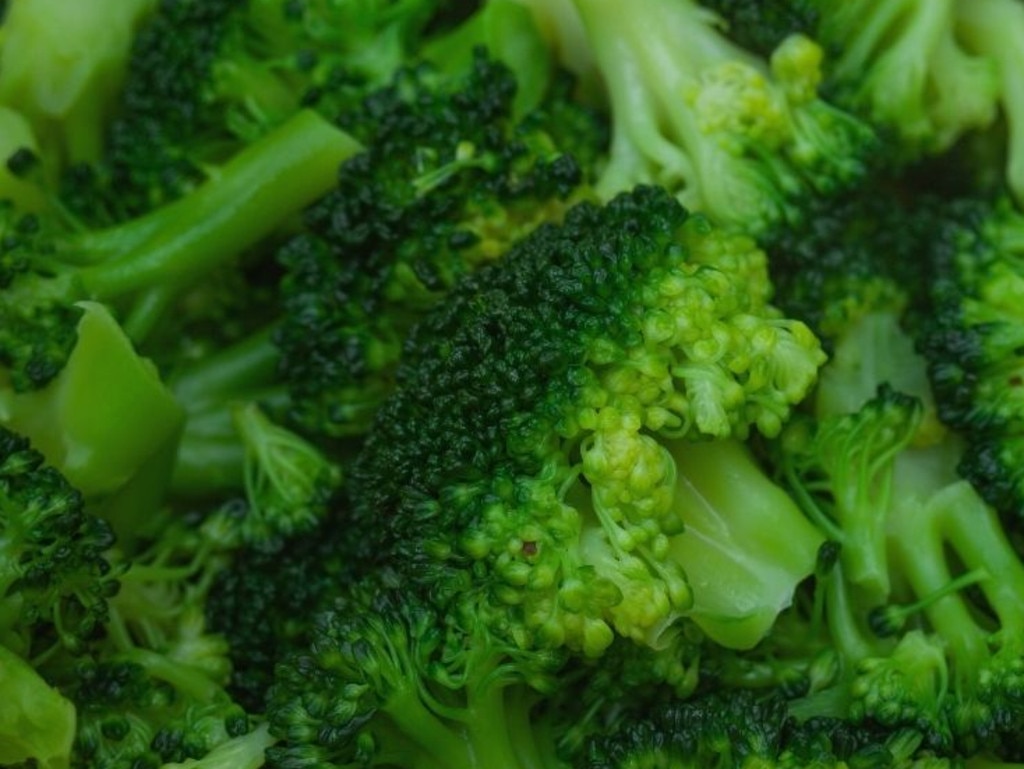
She said it also contains powerful compounds called glucosinolates that are broken down to form biologically active compounds that are known to have health benefits.
8 QUINOA
“Quinoa provides fibre, iron, B vitamins and good amounts of protein as well as valuable carbohydrates,” Ms Brecher said. “Technically a seed, quinoa is a complete plant protein and is naturally gluten-free, so a good option for those avoiding common grains like wheat, barley and spelt.”
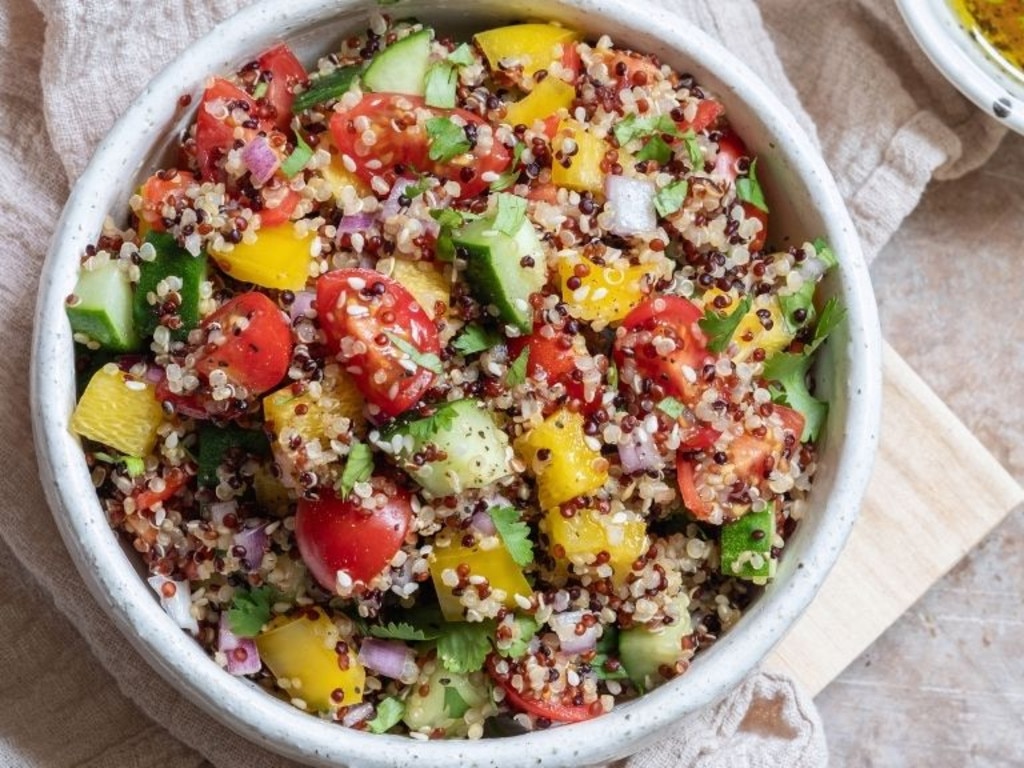
9 RED CABBAGE
“This is a tremendous carb-loaded vegetable as it keeps forever in the fridge, ready to supercharge any salad,” Dr Patel said. “It is loaded with anthocyanins* – the ‘daddy’ of polyphenols* – which give it its purple colour.”
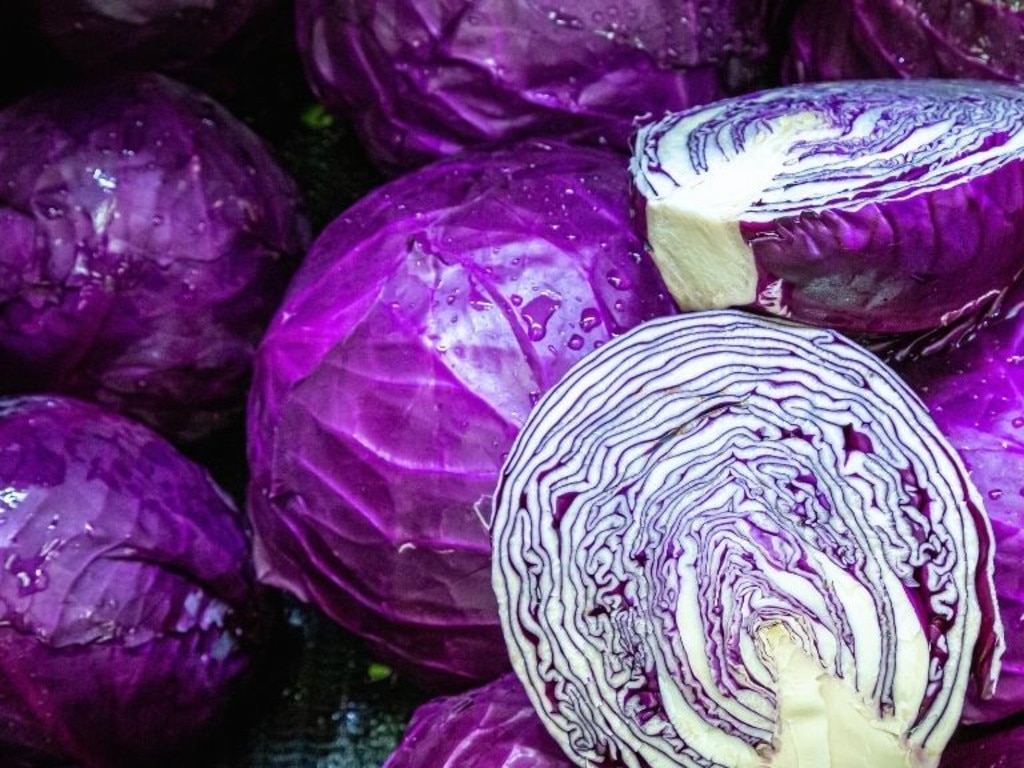
The US Department of Agriculture’s Agricultural Research Service identified 36 anthocyanins in red cabbage, which have been shown in some studies to provide cancer protection, improve brain function and promote heart health.
10 KIWI FRUIT
“Two kiwis are packed with 5g of fibre, which is 16 per cent of your recommended daily amount,” Dr Patel said.
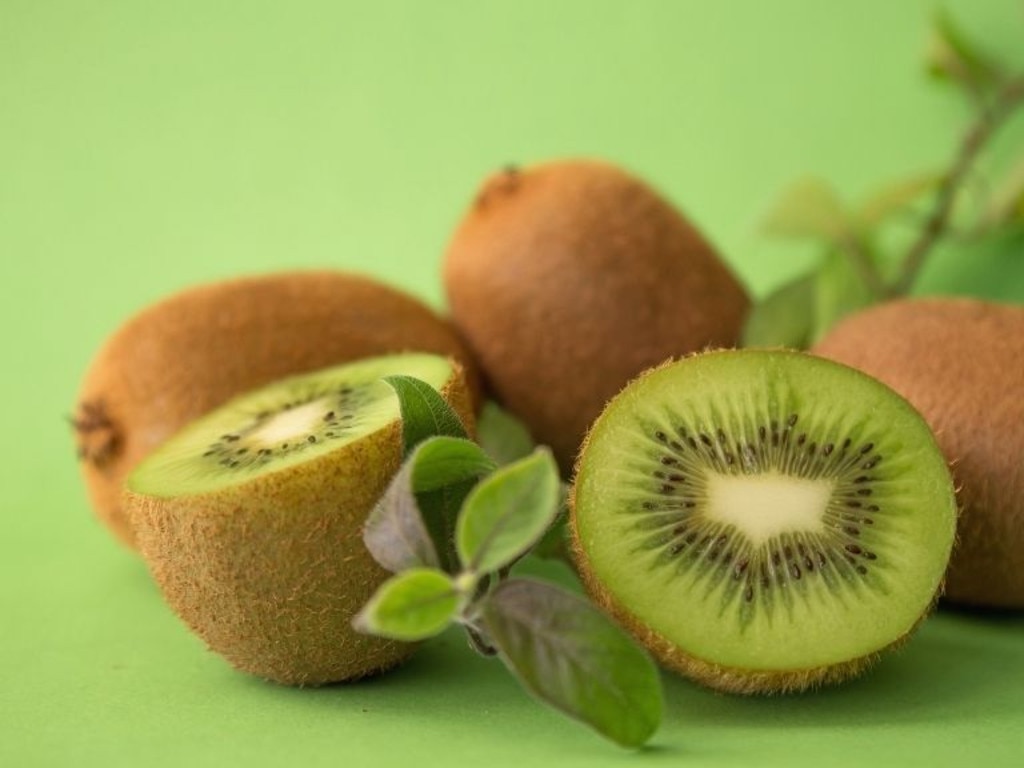
The green flesh of the furry-skinned fruit contains tiny amounts of the hormone melatonin, which plays a role in circadian rhythm* regulation and scientists have shown that eating a couple before bed might aid sleep.
POLL
GLOSSARY
- macronutrients: substances that animals and plants need in large amounts in order to live and grow
- proteins: found in meat, cheese, fish and eggs and necessary for the body to grow and be strong
- fats: usually classified as either saturated, unsaturated or trans fats, there are “good” fats (avocados, nuts, seeds, olives) and “bad” fats (coconut and palm oil, butter, meat fat)
- chronic diseases: lasting conditions with persisting effects
- soluble fibre: retains water and turns to gel during digestion, also slows digestion and nutrient absorption from the stomach and intestine
- insoluble fibre: found in foods such as wheat bran, vegetables and whole grains and aids digestion
- antioxidants: chemical substance that prevents or slows down the damage that oxygen does to organisms or to food
- glycaemic: related to glucose (sugar) in the blood
- anthocyanins: any of a class of water-soluble pigments, like those responsible for the red and blue colours in flowers
- polyphenols: category of chemical compounds naturally found in plant foods, such as fruits, vegetables, herbs, spices, tea, dark chocolate and wine
- circadian rhythm: natural process in animals and plants that controls when things such as sleeping, eating, or growing happen during a 24-hour period
EXTRA READING
What food types and portion sizes should kids eat?
Calcium helps build strong bones
Growing good grains helps us GO
QUICK QUIZ
- What are at least five sources of carbs named in the list?
- Kiwis contain traces of which hormone that may help sleep?
- Quinoa is technically classified as being what?
- What might help lower a blood sugar spike from cooked pasta?
- What is beneficial about eating pear skins?
LISTEN TO THIS STORY
CLASSROOM ACTIVITIES
1. Design a menu
Create a 3-course dinner menu that incorporates some of the nutritious, carbohydrate-rich ingredients featured in this news story. Bonus points if they are served alongside protein and healthy fats as suggested by the nutritionist!
(Alternate option: draw and label a school lunch box incorporating these foods, instead of the 3-course dinner.)
Time: allow 20 minutes to complete this activity
Curriculum Links: English, Health and Physical Education
2. Extension
Simplify the information presented in this news article by creating a table that lists the key nutrients and benefits of each food.
Time: allow 20 minutes to complete this activity
Curriculum Links: English
VCOP ACTIVITY
I spy nouns
Nouns are places, names (of people and objects), and time (months or days of the week).
How many nouns can you find in the article?
Can you sort them into places, names and time?
Pick three nouns and add an adjective (describing word) to the nouns.

